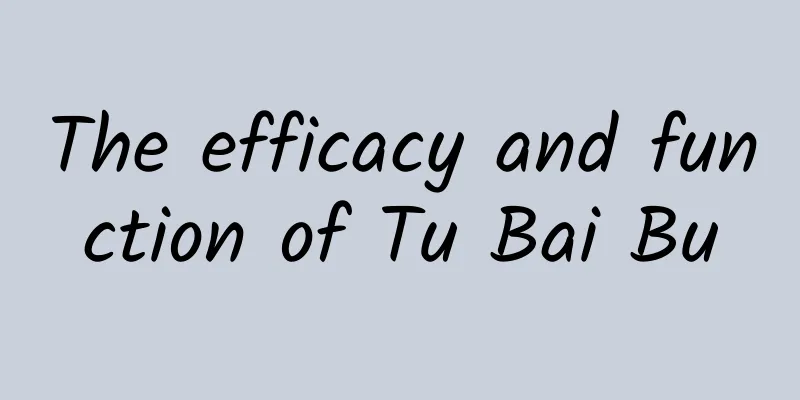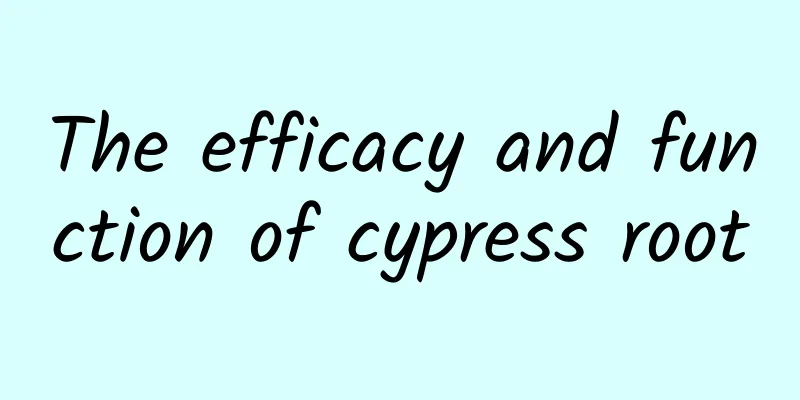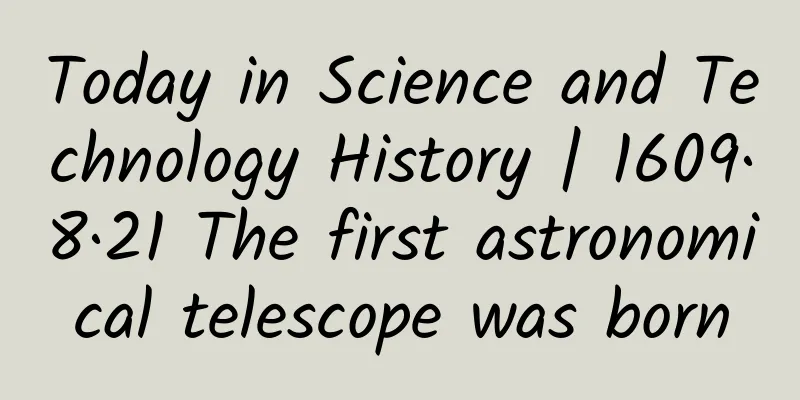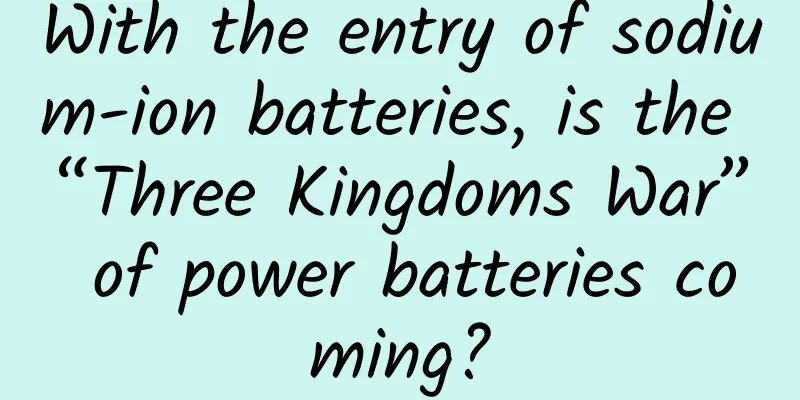The efficacy and function of Tu Bai Bu

|
Tubaibu is a common Chinese medicine with many different functions. It can regulate some diseases of the human body. Let us learn about its specific functions below. [Other names] Qianchuida (Sichuan Chinese Materia Medica), Dian Baibu, Xiao Baibu (Yunnan). [Source] It is the tuberous root of the Asparagus fern of the Liliaceae family . Dig it up in spring and autumn, remove the stems, wash off the mud and sand, and dry it in the sun. [Original form] Perennial herb. The rhizome is short. The roots are clustered, thick, fleshy, with a swollen, spindle-shaped tip. The stem is erect, 30 to 60 cm high, green, cylindrical, hollow, with many branches at the bottom and shorter internodes at the top; 2 to 6 leaf-like branches grow in clusters, are flat, sickle-shaped, and gradually pointed at the tip. The midrib is obvious, green and shiny, 6 to 8 mm long and about 1 mm wide. The leaves are reduced to scale-like, very small, and membranous. Flowers are polygamous, solitary or paired in leaf axils; pedicels are slender, 10-15 mm long, with a joint in the middle; flowers are small, campanulate, with 6 perianth lobes; 6 stamens, inserted at the base of the perianth; 1 pistil, 3-chambered ovary. The berries are spherical, 5 to 7 mm in diameter, and black when ripe. [Habitat distribution] It grows in shady and moist places with fertile soil, and is commonly found in the grass under the forest at the foot of the mountain. Distributed in Yunnan, Sichuan, Tibet, Shaanxi, Gansu, Shanxi, Henan, Hubei and other places. Produced in Sichuan and Yunnan. [Properties] Most of them are clustered roots with stalks and short dry stems on the top. Each tuber is spindle-shaped, with pointed ends, about 3 to 7 cm long and 0.7 to 1.2 cm thick. The appearance is wrinkled and gray-brown or tan; after drying, it is mostly in the form of an empty shell. It is brittle and easy to break, with a hollow interior and little flesh. If it is not fully dried, it will have sticky white flesh inside. The smell is slightly sour and the taste is numbing. The best ones are those with even roots and a fuller interior. [Chemical composition] The root of Asparagus fern contains 60% mucilage. After mild hydrolysis, mucus can be divided into two parts: mucopolysaccharides and polysaccharides. The former is composed of mannose and glucuronic acid (1:1), and the latter is composed of fructose, glucose, and mannose (2:8:9). [Preparation] Soften with water, slice and dry in the sun. [Nature and flavor] Sichuan Traditional Chinese Medicine Annals): "slightly warm in nature, sweet and bitter in taste, non-toxic." 【Meridian】 "Sichuan Chinese Medicine Annals": "enters the lung meridian." 【Functions and indications】 ① "Emao Medicinal Plant": "Treats weak cough." [Usage and Dosage] For oral use: decoct in water, 2 to 3 qian; or make into pills. For external use; decoct in water for washing or grind into powder for application. [Remarks] The tuberous roots of Asparagus cochinchinensis, a plant of the same genus, are also used for medicinal purposes. 【Excerpt】 《*Dictionary》 The above article introduces the functions of Tubaibu. I hope it will be helpful to you in your life. But it is important to note that you should not randomly combine it with other foods. You should consult a professional before making a decision. |
<<: The efficacy and function of Pinellia ternata
>>: The efficacy and function of Rhubarb[Picture]
Recommend
Cherries are free, but you don’t have “cherry freedom”
Are the "cherries" in your mind really ...
The efficacy and function of shark skin
In fact, the occurrence of many human diseases is...
Side effects of Tanshinone capsules
Any drug has side effects. If we don't take i...
Saving obesity may depend on me! Here is the "confession" of beige fat cells
Hello everyone, my name is "beige fat cells&...
Side effects of roasted ephedra
Ephedra is a traditional Chinese medicinal materi...
The Moon is "Rusting", and the Reason is the Earth?
On March 15, the National Space Administration an...
Hepatitis B patients actually like to see this "girl" the most
Does anyone remember these "little lanterns&...
The efficacy and function of Qingyangjiao
In modern life, everyone is very familiar with va...
How to eat raw plantain and its benefits
Plantain is actually a kind of herb with many med...
Do you believe that you can judge the taste of lotus root by looking at the number of holes?
Lotus root is tender and crispy, and is delicious...
Why does the pink muhly grass, a popular internet celebrity from abroad, amaze the world?
Recently, the pink muhly grass has entered its be...
The efficacy and function of grasshopper orchid
There are many kinds of common Chinese medicinal ...
A Brief History of China's Observatories | Why did ancient civilizations always like to look up at the sky?
Archaeology is often a job of digging deep into t...









